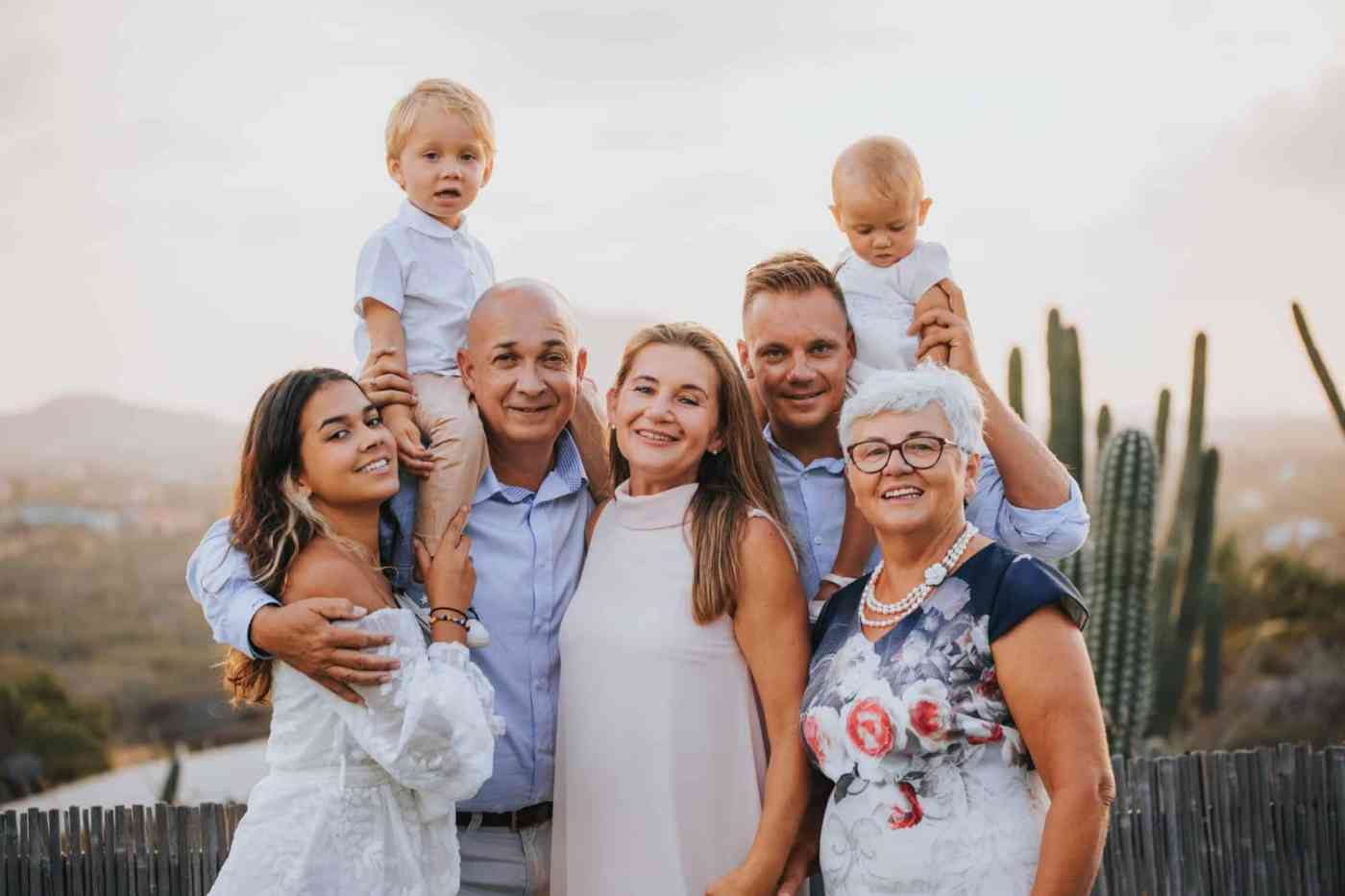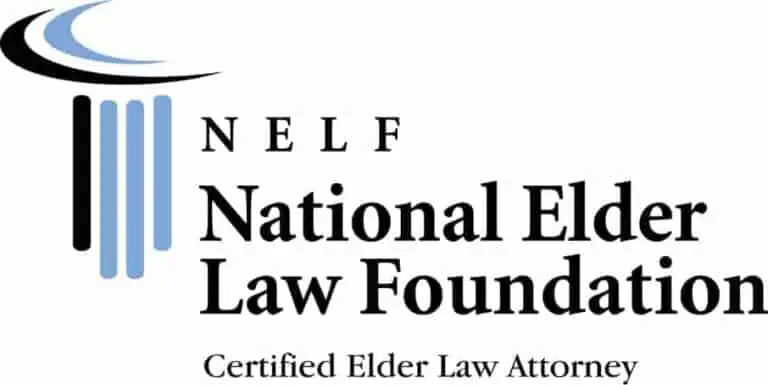When most people think about estate planning, they focus on dividing their assets—who gets what and how much. But a recent situation involving actor Gene Hackman’s estate shows why that approach doesn’t go far enough.
To create a truly effective plan, you need to prepare for the unpredictable.
The Hackman Estate: A Real-World Wake-Up Call
Gene Hackman and his wife Betsy had straightforward wills: each left everything to the other. But they didn’t anticipate dying in close succession. When Betsy died just days before Gene, the impact on the estate was dramatic.
-
Gene’s will left his entire $80 million estate to Betsy.
-
Betsy’s will left her assets to Gene—unless they died within 90 days of each other, in which case everything would go to charity.
-
Because Betsy died first and wasn’t mentioned in Gene’s will as a “predeceased beneficiary,” his estate had no fallback plan.
-
Gene’s three children from a previous marriage were not named in the will and stood to inherit nothing under the original terms.
The outcome? A legal and emotional mess—one that could have been avoided with better contingency planning.
Why Timing and Contingencies Matter in Estate Planning
This case reveals several key estate planning lessons:
✅ Think Beyond the Most Likely Scenario
Your plan should account for unexpected timing—like two spouses dying days apart. Without this, even a well-intentioned will can fail.
✅ Plan Carefully for Blended Families
When remarriages and children from prior relationships are involved, the order of death can drastically change who inherits what.
✅ Always Name Contingent Beneficiaries
If your primary beneficiary can’t inherit, a backup ensures your assets still go where you want them to.
✅ Include Simultaneous Death Provisions
These clauses spell out what happens if you and a spouse die around the same time—a must-have in any married couple’s plan.
How to Protect Your Legacy from the Unexpected
Here’s how to build a plan that stands strong—even in unpredictable circumstances:
🔹 Name Contingent Beneficiaries Everywhere
Don’t stop with your will. Make sure all financial accounts (like life insurance, retirement funds, and bank accounts) include backup beneficiaries.
🔹 Include a Survivorship Clause
Consider requiring a beneficiary to outlive you by 30–60 days to inherit. This reduces legal confusion and helps avoid multiple probate cases.
🔹 Use Trusts for More Control
Wills have limitations. Trusts let you customize instructions, protect family members in complex situations, and avoid probate.
🔹 Review and Update Regularly
Life changes—marriages, births, divorces, moves. So should your estate plan. Schedule regular check-ins to keep everything current.
🔹 Write a Letter of Intent
Though not legally binding, a letter of intent can explain your decisions and help guide your executor or trustee through your wishes.
The Bottom Line: Expect the Unexpected
You can’t predict the timing of life’s events—but you can plan for them. A thoughtful, flexible estate plan protects your legacy and your loved ones, no matter what the future holds.
Ready to Plan for the “What Ifs”?
If you’re part of a blended family, have complex relationships, or just want to cover all your bases, we can help you create a plan that adapts to the unexpected.
👉 Contact our office today at 724 841 1393 to schedule a consultation and build a plan that goes beyond “who gets what.”









